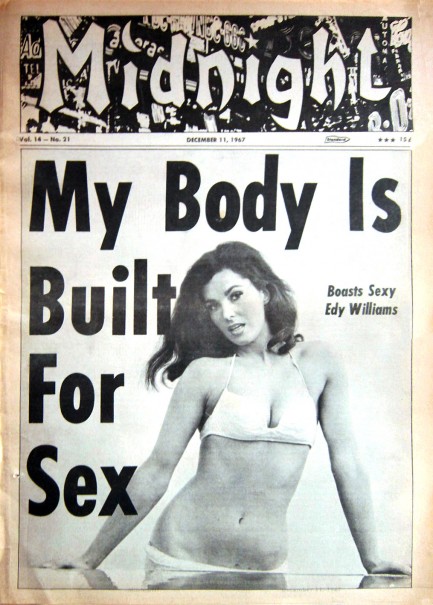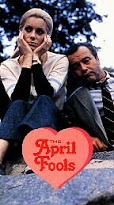KATE TAYLOR
In the midst of a frigid
January, our dining room table has been colonized by a low-tech sci-fi project:
My husband and son are painstakingly building their own version of the command
console of the Starship Enterprise using a piece of black foam-core board and
various electrical switches and mini light bulbs they bought at the hardware
store. As I skate around Toronto’s icy streets walking the family dog, they
stay home carefully cutting out slots with a utility knife, securing their work
with duct tape and printing out tidy labels that say things like Phaser and
Deflector.
My nine-year-old is an
incipient Trekkie, introduced to the original Star Trek television show from
the late 1960s by his father in our ongoing quest to conquer new cultural
universes – or at least find appropriate family viewing in this one. We have
long since graduated from cartoons; we have done the Harry Potter movies; my
son shows no interest in the tween shows on the kids’ channels. The only thing
he watches on TV is football, which doesn’t provide us with Saturday night
entertainment or a video to get us through a long car drive.
We began to go retro when we
realized that the Sean Connery James Bond movies are filled with nifty gadgets
and thrilling car chases, but go easy on the sex and violence. (By the time
Roger Moore takes over in 1973, the films are including love scenes that make
both the grownups and the nine-year-old squirm.) From there, after a few
unsuccessful experiments with other old movies, we moved to TV shows: nobody is
going to let their Grade 4 child catch the grisly forensics on CSI, follow the
unsettling psychology of Criminal Minds or witness the overt sex on The
Americans, but the weekly dramas of 40 years ago are safely repressed and
satisfyingly formulaic.
One of our first brilliant
ideas for the millennial boy, courtesy of a generation that will hand you a
dish towel or a garbage bag with the words “Your mission, should you chose to
accept it …”, was Mission: Impossible. Pay dirt! The nine-year-old spent hours
devouring episode after episode of the 1960s spy series that features a team of
American agents given impossible assignments via self-destructing audio tapes
secreted in phone booths and freight elevators. He loved the undercover
disguises and technical solutions to the missions and appreciated the
well-defined characters with their special roles – Rollin was the master of
disguise, Barney was the electronics whiz and Willy was the brawn, while
Cinnamon distracted the enemy and Jim led the team. The adults, meanwhile,
liked the tightly wound plots and got to analyze the Cold War subtext or
debated the phony accents whenever they got bored. Cinnamon batted her
eyelashes when necessary, but there was never any sex and nobody ever died,
except the occasional anonymous enemy soldier. As long as we were watching
Mission: Impossible, the whole family was happy.
Irony, however, will only take
you so far. As my son moved on to Star Trek, I had to bail on the family
viewing; I just can’t appreciate the cheesy sets, the phony aliens, the
embarrassingly lush take on gender relations and the umpteenth iteration of
Spock’s cool rationalism. On the other hand, my old favourite, Get Smart, a
1960s spoof of shows like Mission: Impossible that was in perpetual daytime
reruns in my childhood, fell flat with the younger generation: turns out he
doesn’t do irony either and wants his spy-fi served straight up.
No problem – we have more up
our sleeves. My husband thinks we should try The Time Tunnel, the 1966-67 drama
that put a pair of American scientists in a time machine and catapulted them
back to various disastrous moments from the sinking of the Titanic to Custer’s
Last Stand. I am anxious to get everyone hooked on The Avengers – not the
animated superhero franchise but the 1960s British TV series that paired
Patrick Macnee as the dapper and deadly John Steed with Diana Rigg as the
unflappable lady in the cat suit, Emma Peel.
Of course, my secret agenda
goes much further. It may take a year or two, but eventually I will turn my
household into the next fan club dedicated to that Orwellian classic The
Prisoner, and we can spend winter evenings interrogating each other and
screaming “I am not a number. I am a free man.” In the meantime, a high-necked
T-shirt and a pair of black yoga pants can double for a Starfleet uniform as a
next generation’s Captain Kirk takes his place at the homemade helm of the USS
Enterprise.





9n!S(g~~60_3.jpg)































+~PLUS!~+Curse+of+the+Voodoo+(aka+Voodoo+Blood+Death;+Lindsay+Shonteff,+1965)_.jpg)









+-+Copy.jpg)




